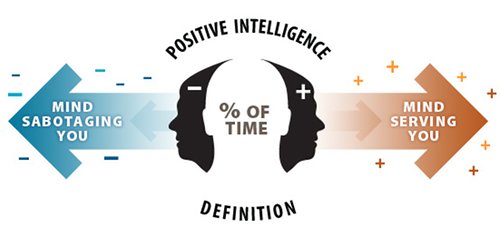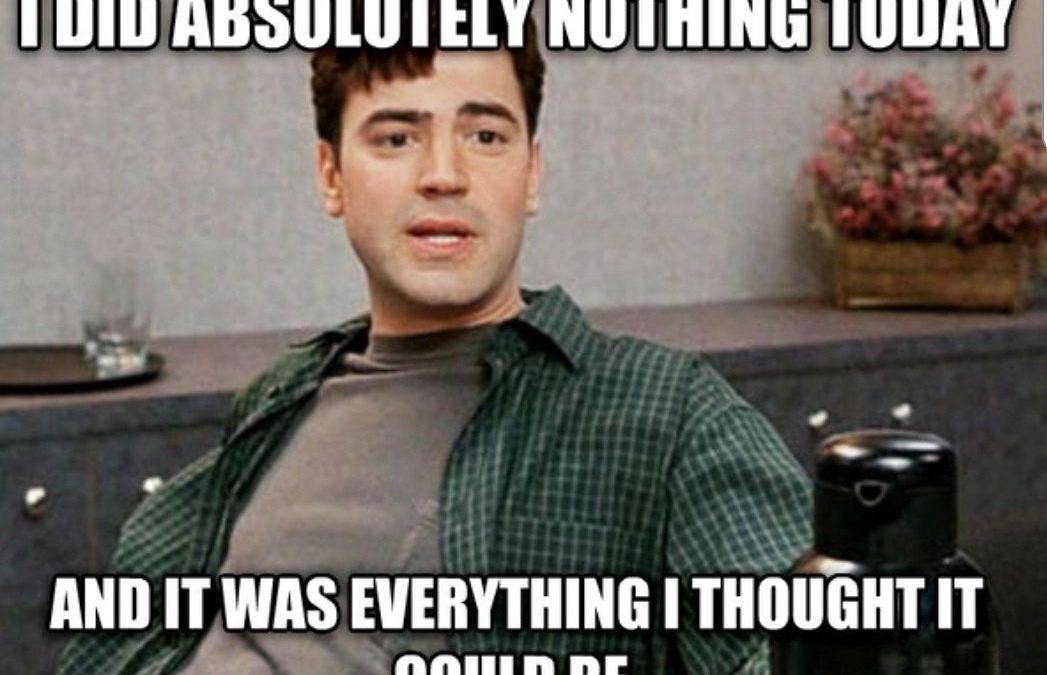
The 5 Gifts of Uncertainty
It seems like 90% of conversations these days start with those two sentences. We ask out of genuine concern and also out of a need to commiserate, to share our experiences, and to find someone that understands.
The connection these questions create is just one of the Gifts of Uncertainty that have been given to us by the pandemic.
Yes, I know that the idea of uncertainty, especially in big things like our lives and businesses, being a gift is bizarre. When one of my friends first suggested the idea, I rolled my eyes pretty hard and then checked to make sure I was talk to my smart sarcastic fellow business owner and not the Dali Lama.
But as I thought about it more, started looking for “gifts” in the news and listening for them in conversations with friends and clients, I realized how wise my friend truly was.
Faced with levels of uncertainty we’ve never before experienced, people and businesses are doing things they’ve never imagined having to do and, as a result, are discovering skills and abilities they never knew they had. These are the Gifts of Uncertainty
- Necessity of offering a vision – When we’re facing or doing something new, we don’t have all the answers. But we don’t need all the answers to take action. The people emerging as leaders, in both the political and business realms, are the ones acknowledging this reality by sharing what they do know, offering a vision for the future, laying out a process to achieve it, and admitting the unknowns and the variables that will affect both the plan and the outcome.
- Freedom to experiment – As governments ordered businesses like restaurants to close and social distancing made it nearly impossible for other businesses to continue operating, business owners were suddenly faced with a tough choice – stop operations completely or find new ways to continue to serve. Restaurants began to offer carry out and delivery. Bookstores, like Powell’s in Portland OR and Northshire Bookstore in Manchester VT, also got into curbside pick-up and delivery game. Even dentists and orthodontists began to offer virtual visits through services like Wally Health and Orthodontic Screening Kit, respectively.
- Ability to change – Businesses are discovering that they can move quickly, change rapidly, and use existing capabilities to produce entirely new products. Nike and HP are producing face shields. Zara and Prada are producing face masks. Fanatics, makers of MLB uniforms, and Ford are producing gowns. GM and Dyson are gearing up to produce ventilators. And seemingly every alcohol company is making hand sanitizer. Months ago, all of these companies were in very different businesses and likely never imagined that they could or would pivot to producing products for the healthcare sector. But they did pivot.
- Power of Relationships – Social distancing and self-isolation are bringing into sharp relief the importance of human connection and the power of relationships. The shift to virtual meetups like happy hours, coffees, and lunches is causing us to be thoughtful about who we spend time with rather than defaulting to whoever is nearby. We are shifting to seeking connection with others rather than simply racking up as many LinkedIn Connections, Facebook friends, or Instagram followers as possible. Even companies are realizing the powerful difference between relationships and subscribers as people unsubscribed en mass to the “How we’re dealing with COVID-19 emails” they received from every company with which they had ever provided their information.
- Business benefit of doing the right thing – In a perfect world, businesses that consistently operate ethically, fairly, and with the best interests of ALL their stakeholders (not just shareholders) in mind, would be rewarded. We are certainly not in a perfect world, but some businesses are doing the “right thing” and rea being rewarded. Companies like Target are offering high-risk employees like seniors pregnant women, and those with compromised immune systems 30-days of paid leave. CVS and Comcast are paying store employees extra in the form of one-time bonuses or percent increases on hourly wages. Sweetgreen and AllBirds are donating food and shoes, respectively, to healthcare workers. On the other hand, businesses that try to leverage the pandemic to boost their bottom lines are being taken to task. Rothy’s, the popular shoe brand, announced on April 13 that they would shift one-third of their production capacity to making “disposable, non-medical masks to workers on the front line” and would donate five face masks for every item purchased. Less than 12 hours later, they issued an apology for their “mis-step,” withdrew their purchase-to-donate program, and announced a bulk donation of 100,000 non-medical masks.
Before the pandemic, many of these things seemed impossibly hard, even theoretical. In the midst of uncertainty, though, these each of these things became practical, even necessary. As a result, in a few short weeks, we’ve proven to ourselves that we can do what we spent years saying we could not.
These are gifts to be cherished, remembered and used when the uncertainty, inevitably, fades.
Originally published on Mat 19, 2020 on Forbes.com


